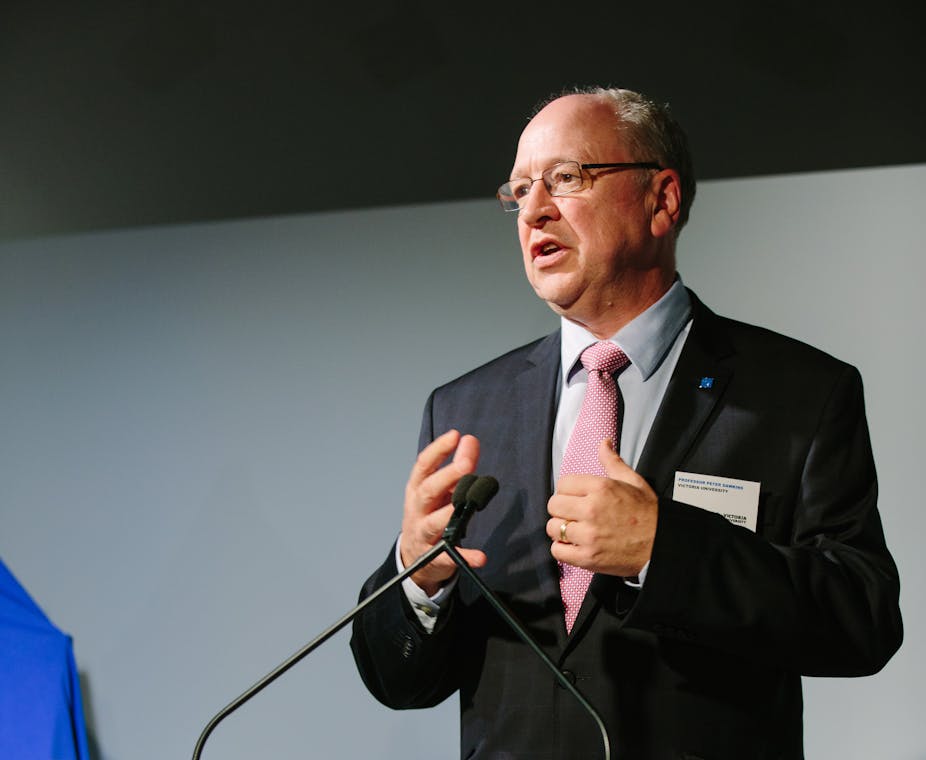Higher education reform in Australia has entered a delicate phase. The current impasse must be broken, but any move to do so too quickly carries the risk of an outcome that serves neither students nor universities. Most feared in the sector is the worst of both worlds, a scenario of funding cuts without any fee increases.
The best outcome is not to move to unfettered deregulation, which without safeguards would seriously risk disadvantaging many students. Nor is it a return to a highly regulated system. Instead we should pursue a sensible “third way” that combines managed deregulation with a stronger equity package and oversight.
In a world of tight government budgets and an expanding tertiary sector, the case for higher contributions from students, supported by income-contingent loans, has been convincingly argued. What is important is that, in the process, students get an enhanced education and good returns on their investment.
Unfortunately the form of deregulation proposed in the government’s initial package carried very significant risks. These included:
over-pricing and excessive debts
greater opportunities for already high-achieving students and inferior opportunities for those who need more support
greater opportunities for students from high socioeconomic backgrounds and weaker opportunities for those from lower socioeconomic backgrounds
insufficient amounts of extra revenue going into improving teaching and learning and the student experience
some waste of public funds due to poor attention to effective transition to the new market system
higher education benefiting but vocational education being damaged.
Cross-benchers in the Senate, the opposition, Universities Australia, staff and student representatives have highlighted some of these problems. And these problems are magnified by proposed reductions in government funding.
As a result, the government has started to amend its package and move towards a “third way” that allows for some deregulation, but with more attention to market design and safeguards to ameliorate the above-mentioned risks.
For example, it has dropped a plan to charge higher interest on HECS debts. This restores the idea of Bruce Chapman and his fellow architects of HECS, that income-contingent loans provide some insurance against risk for those investing in their education.
The government has proposed an adjustment fund for institutions with higher proportions of less-well-off students, such as regional universities and the newer metropolitan universities. Its current size looks inadequate, but it is a step in the right direction.
For a revised package to have a chance of getting thought the Senate, it now seems necessary either to build a review process into the package or to establish an oversight body that can recommend further amendments once the system is in place.
Other ideas are in the mix. These include the possibility of fee caps, loan caps or a system whereby universities that increase their prices above a threshold pay a “compensating levy” on their government subsidy. For example, for each dollar charged above the threshold, the university might forgo, say, 30 cents of government subsidy. The revenue from such a scheme could be used to fund system-wide equity scholarships.
This approach would improve equity of access. Other elements could include abandoning cuts to the Higher Education Participation Program (HEPP), which aims to promote the tertiary participation of students from lower socioeconomic backgrounds. Another suggestion is to open up government subsidies to non-university higher education providers in stages. This would also make the transition to the new model smoother.
How and when might we be able to settle on the “third way”? Ideally, it would be sorted out in the next few weeks, despite the current hiatus in Canberra, to commence in 2016. This might be possible with careful consideration and intensive negotiation, as the key ideas, such as those outlined above, have been canvassed in the debate over the last nine months.
An alternative is to agree an interim solution for 2016, then move to the new model in 2017. Even in this case, we would need the model to be known within the next six months to create certainty for current and prospective students.
Without clear knowledge of the future funding regime, our ability to plan with confidence is weakened, and in that scenario everybody loses.

